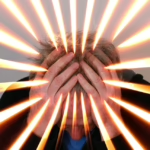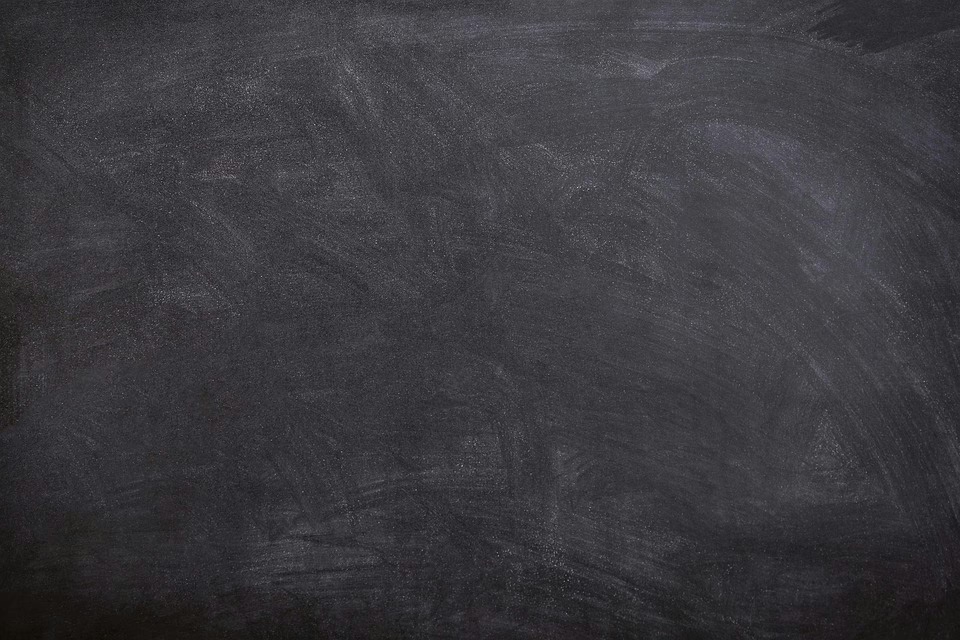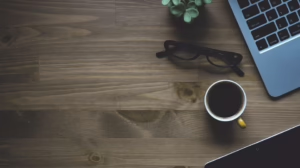Tech Meets Art: The Evolution of Wallpaper in the Digital Age
Introduction
The world of wallpaper has undergone a remarkable transformation over the past few decades. Once, wallpaper was primarily a static material used to enhance the aesthetics of interior spaces. However, with the advent of technology and digital design tools, wallpaper has become a dynamic form of expression that merges art and technology in exciting ways. This article will explore the evolution of wallpaper in the digital age, highlighting the intersection between technology and art, societal influences, and the future of this increasingly complex medium.
Historical Context of Wallpaper
To appreciate the evolution of wallpaper today, we must first understand its historical context. Wallpaper dates back to the 16th century when it was used as a more affordable alternative to tapestries. Initially, these decorative papers featured simple designs, often hand-painted or block-printed. As the Industrial Revolution progressed, wallpaper production became more sophisticated, giving rise to intricate patterns and mass production techniques. This marked the beginning of wallpaper not just as a functional item, but as a powerful form of aesthetic expression.
The Role of Technology in Early Wallpaper Design
Before discussing digital innovations, it’s essential to recognize the technologies that shaped traditional wallpaper. The introduction of rotary presses in the 19th century allowed for multi-colored printing, enabling more complex designs. Innovations in dye and pigment chemistry further expanded the color palettes available, making vibrant and varied wallpaper designs possible.
Transcending Traditional Boundaries
By the late 20th century, wallpaper had evolved into an expression of personal identity, reflecting broader cultural trends. The rise of postmodernism brought with it a fascination for patterns, unfamiliar motifs, and even a sense of irony. As artists began experimenting with wallpaper, we saw a shift from merely decorative to a medium that conveyed deeper social and political messages.
The Digital Revolution: A Game Changer for Wallpaper
Emergence of Digital Printing
The advent of digital printing technology in the late 20th and early 21st centuries radically changed the wallpaper landscape. Digital printing allows for limitless design possibilities, letting artists replicate their works with precision and vibrancy that far surpasses traditional methods.
Digital wallpaper can be customized on demand, enabling consumers to select designs that best reflect their style preferences. Companies such as Spoonflower allow users to create their personalized wallpaper designs, illustrating how digital technology empowers individuals to engage directly in the artistic process.
Interactivity and Augmented Reality
Technology has also introduced interactivity into wallpaper design. Through augmented reality (AR) apps, consumers can visualize how different wallpaper patterns will look in their spaces before making a purchase. This blending of digital and physical realms allows for a more personalized purchasing experience, encouraging consumer engagement at a new level.
The Impact of Social Media
Platforms like Instagram and Pinterest have changed the way we perceive design. Artists and designers now have the opportunity to showcase their work to a global audience, often leading to collaboration across borders. The sharing and virality of designs influence consumer preferences and help artists build their brand identities.
The Artistic Expression of Digital Wallpaper
Artists at the Helm
With the digital tools available today, artists have greater freedom to experiment with their work. Artists like Lizzo and Andrew Neyer utilize software to create captivating visual effects, breaking away from traditional design constraints. This has given rise to a new wave of wallpaper art that is both innovative and culturally resonant.
Customization and Personalization
One of the most significant benefits of digital wallpaper is customization. Consumers are no longer limited to what is available in stores; instead, they can collaborate with artists to create bespoke designs that reflect their personalities and aesthetics. This catered approach is especially appealing to those looking to make unique statements in their living spaces.
Eco-Conscious Design
As society grows more aware of environmental issues, artists and manufacturers are shifting towards eco-conscious production methods. Digital printing often utilizes less waste compared to traditional printing methods. Moreover, companies are increasingly opting for sustainable materials in their wallpaper production.
Trends and Innovations in the Digital Wallpaper Space
3D Printing and Texture
The emergence of 3D printing technology offers exciting new dimensions to wallpaper design. Artists can now create textured wallpapers that add depth and tactile experiences to interior spaces. This innovation pushes the boundaries of what wallpaper can be and invites a multi-sensory interaction.
Integration with Smart Technology
Smart homes are the future, and wallpaper is not left behind. Innovations like electronic ink, which allows for color changes at the touch of a button, are being developed. Imagine a wallpaper that can shift colors, patterns, or motifs based on a user’s mood or the time of day.
Collaborative Projects and Open Source Designs
Some designers and artists have taken to collaborative projects, creating open-source wallpaper designs that people can adapt and modify. This trend democratizes design, allowing people who may not have formal artistic training to be involved in the wallpaper creation process.
Societal Influences on Wallpaper Design
Globalization and Cultural Exchange
As digital tools allow for the seamless sharing of ideas across cultures, wallpaper design has begun to reflect a mixture of global influences. The aesthetics of different cultures come together to create hybrid designs that resonate with diverse audiences.
The Influence of Pop Culture
Pop culture plays a significant role in shaping design trends. From motifs inspired by street art to designs echoed in popular movies or TV shows, wallpaper continues to draw from and contribute to popular culture. The line between high art and popular art has blurred, offering myriad options for consumers.
The Future of Wallpaper in a Digital World
Virtual Reality and Immersive Experiences
As virtual reality (VR) technology advances, could we see the emergence of fully immersive wallpaper designs? Imagine entering a room where the wallpaper changes based on VR settings, allowing for scenario-based emotional engagement. This future possibility enhances the mental health benefits of personalized spaces.
The Return of Craft
While digital tools offer immense creativity, there’s a growing trend toward craft and handmade designs. Artisans are embracing traditional techniques while integrating them with modern technology. This blend creates unique products that satisfy a consumer interest in both the art and the artisanal, offering a deep connection to the craftsmanship behind wallpaper.
The Health and Wellness Connection
The wellness movement is influencing wallpaper design, as more people begin to recognize the impact of their environments on mental health. Designers are creating calming patterns, using colors that promote tranquility, and materials that support air quality. The understanding of biophilic design extends to wallpaper, where elements of nature are integrated into the aesthetic to create spaces that nurture well-being.
Conclusion
The evolution of wallpaper in the digital age exemplifies how art and technology can coalesce to reshape traditional mediums. From the static patterns of yesteryear to today’s dynamic and interactive designs, wallpaper is no longer just a decorative layer. It has evolved into a canvas for personal expression, a medium for artistic innovation, and a powerful tool for redefining our living spaces.
As we continue to navigate the complexities of modern life, the wallpaper will undoubtedly continue to evolve. The integration of technology into its fabric suggests not only new forms and functions but also new relationships between artists, consumers, and the spaces we inhabit. As we advance further into this digital landscape, the future of wallpaper looks brighter and more intriguing than ever.
References
- [Author Last Name, First Initial. (Year). Title of Work. Publisher.]
- [Another Source Title. (Year). Source Description.]
- [Website. (Year). Title of Article. URL.]
(Note: The references are placeholders that would require proper citations to be filled in. The exact formatting and additional sources would depend on specific content choices and academic values acceptable in the context of footnote sourcing.)


























Add Comment